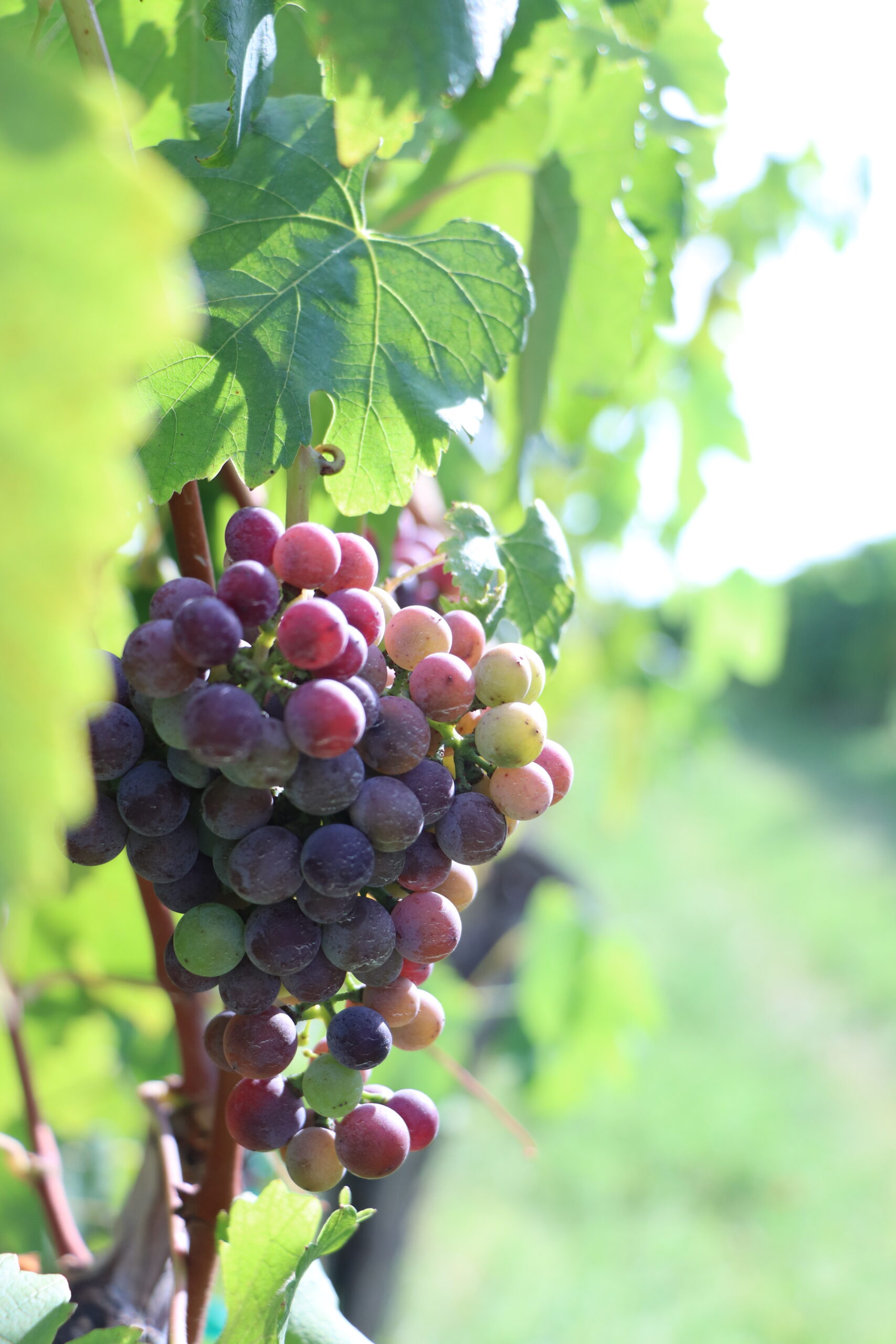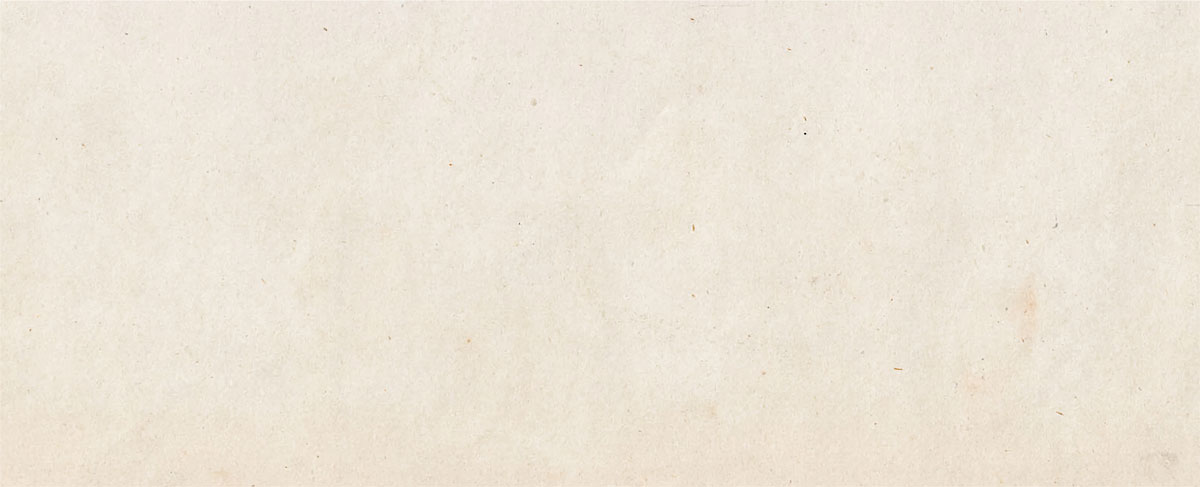From Grape to Glass: Veraison at the Vineyard
07.07.23
With summer moving on by, our Estate vineyard is vibrant with colors! Our grapes are getting darker every day and will soon be ready for picking. We are currently in the veraison stage of the vineyard lifecycle.

Stages Leading Up to Veraison
Bud Break – The annual growth cycle of grapevines is a very lengthy, complex process. The grape starts its growth cycle in the spring with bud break. Depending on which hemisphere you are in, this stage typically begins around March in the Northern Hemisphere and September in the Southern Hemisphere. The start of this cycle is signaled by the “bleeding” of the vine. No, we don’t mean literally. What happens is, the soil begins to warm pushing out water filled with minerals, acid, and sugar through cuts in the vine left over from pruning. This stage typically begins near the end of winter and lasts throughout spring.
Flowering – Depending on the temperature and hemisphere, 40-80 days after bud break the process of flowering begins. Small clusters appear on the tips of the young shoots. Throughout this stage the flowers continue to grow. As you might recall from our previous From Grape to Glass blog, the flowering stage of the vineyard lifecycle is the most delicate. Detrimental weather can affect the process severely.
Fruit set – Following the flowering stage, the fertilized flower begins to develop a seed and grape berry protection. This stage normally takes place in May when located in the Northern Hemisphere and November when located in the Southern Hemisphere. This stage is critical as it determines the crop yield for the year. This stage can last anywhere between 10-15 days.
Veraison Stage
We’ve made it! We are currently in the verasion stage which follows the fruit setting stage. The grapes are changing color from green to red and they have very little sugar in them. This stage signals the beginning of the ripening process, occurring 40-50 days after fruit set. In the Southern Hemisphere, this occurs at the end of January or early February, while in the Northern Hemisphere this takes place starting in July and going into August. This stage can last as long as 70 days.

Why Do Grapes Turn Red During Veraison?
The changing of color is primarily due to chlorophyll in the grape skin being replaced by anthocyanins found in red wine grapes and carotenoids found in white wine grapes. It sounds like a science experiment, and it kind of is. To put it simply though, the antioxidants in the different varietals are what give grapes their color. When the grapes start to soften, they build up sugar. Think of a banana, when it turns brown, it’s super sweet. It’s the same with veraison. Within the first six days of the start of veraison, the berries grow dramatically as they accumulate fructose and glucose, and the acid levels begin to fall.
How Does Veraison Vary Amongst Grape Varietals?
The onset of veraison does not occur uniformly amongst grape varietals. Typically, clusters and berries exposed to the most warmth undergo veraison quicker than those in the shade.
Vines Join in on the Color Change
The grapes are not the only ones changing color currently. The vines also ripen, changing from a vibrant, springy green to a hard, reddish brown. This is because the vine is actively transporting its stored energy into the grapes.

What is the Stage After Veraison?
The sugar and acid levels within the grapes are now perfectly balanced and ready to be harvested! Now comes the fun part. The grapes are removed from the vine either by hand or by machine. Want to know what makes a winemaker choose one or the other, read our blog Harvesting History: Machine vs. Hand-Picking. Once harvested, the winemaking process begins!
It’s a lengthy process producing your favorite wine, so pour yourself a glass and let it sink in. Interested in taking part in the harvesting stage coming soon? Visit our Harvest Festival page to learn more about our Daytime and Moonlit events.
